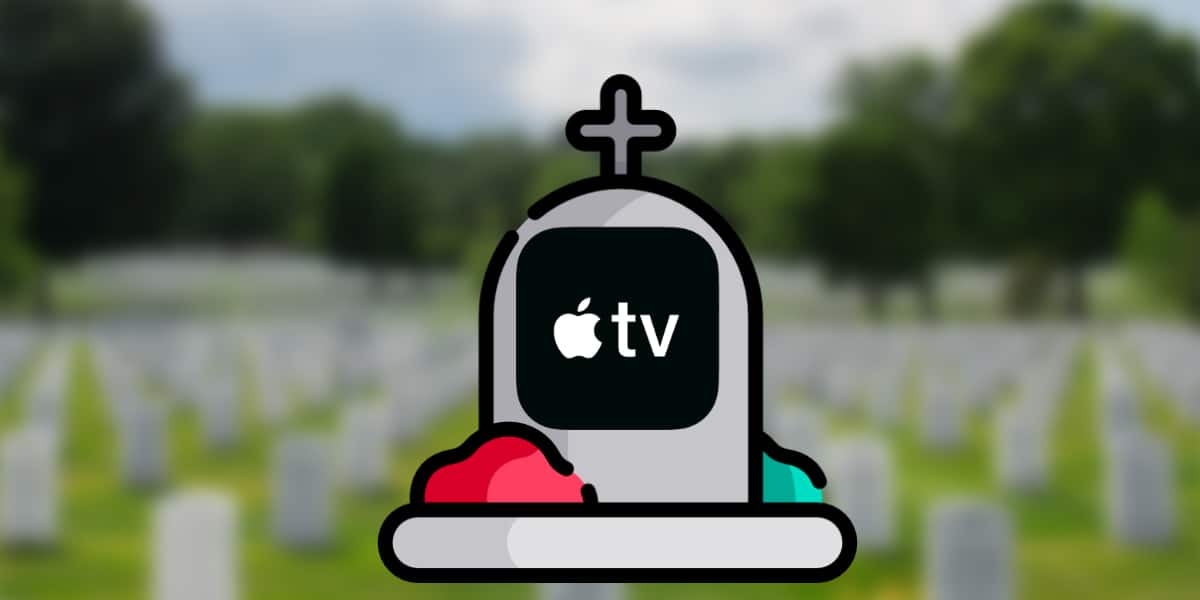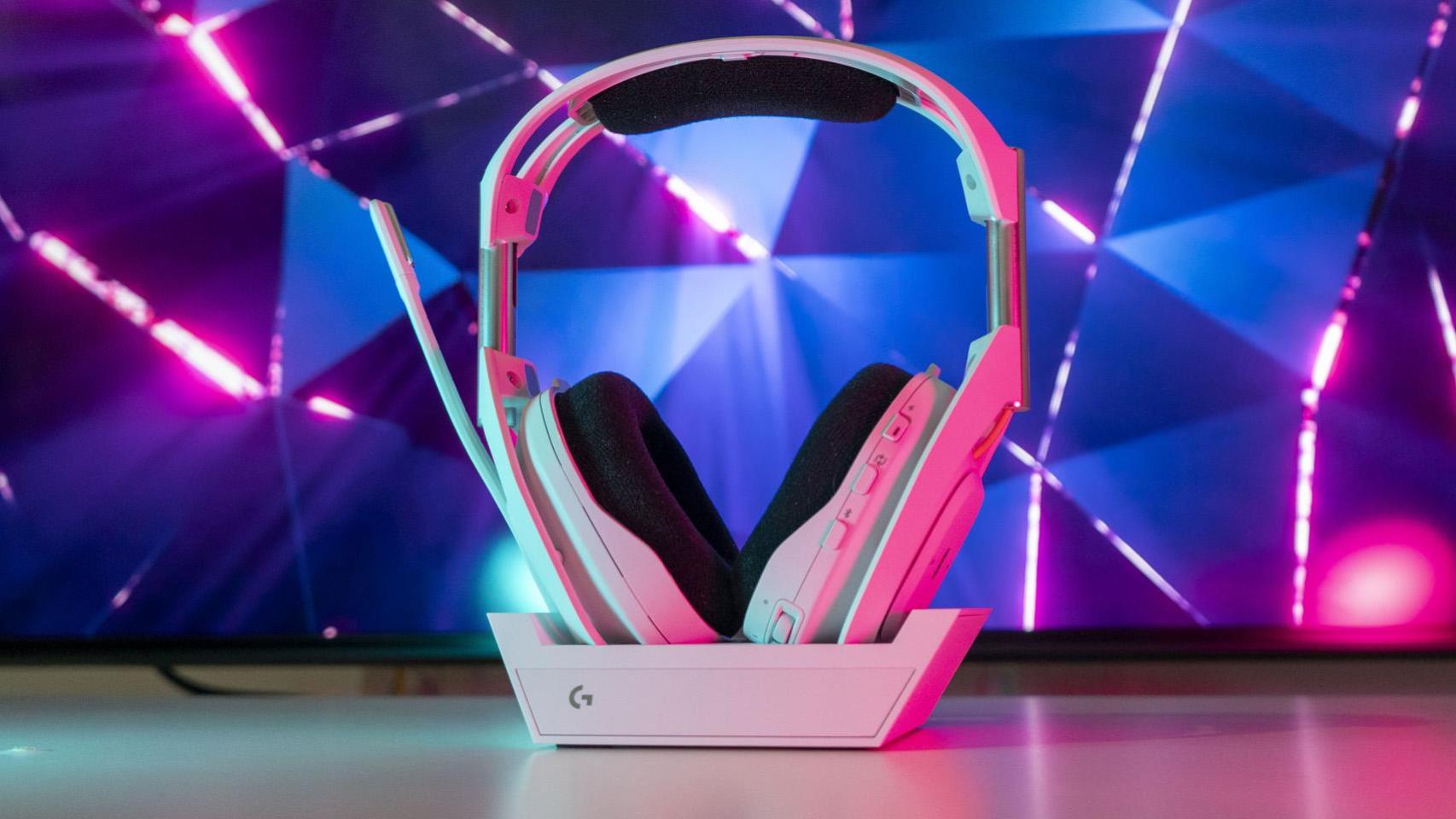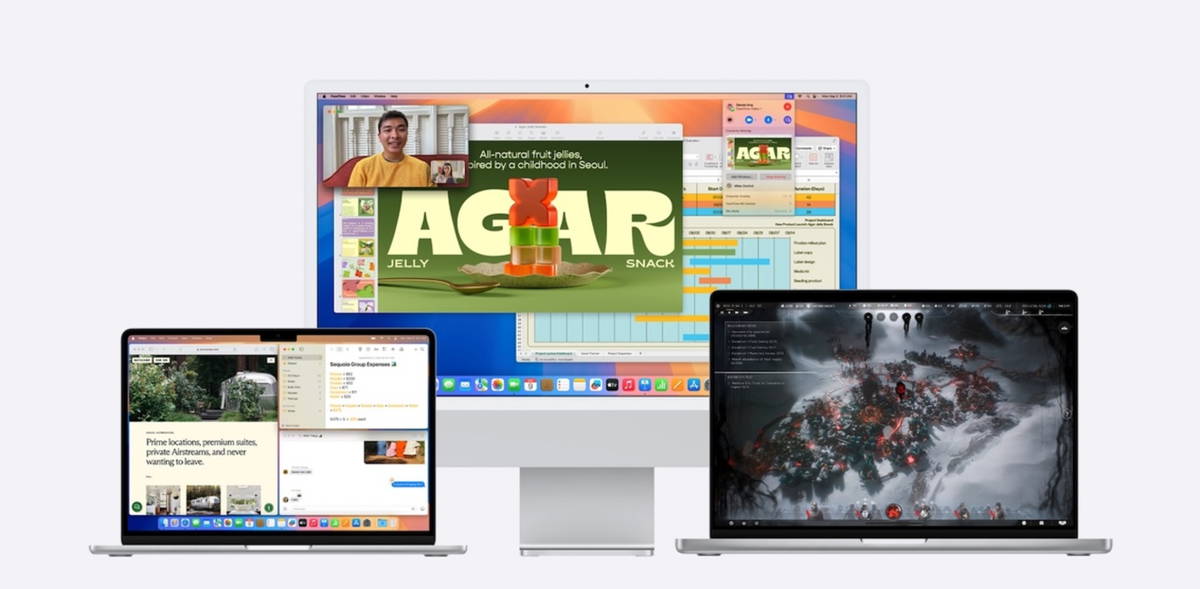
Despite the latest facelifts that the Cupertino company has seen fit to carry out at the hardware level on Apple TV, it has become an excessively niche device, whose software has no advantage over its competitors and that, therefore, it has become very unappealing to developers.
For him, Apple TV has become a development wasteland, clearly being overtaken by operating systems integrated into Smart TVs such as Tizen or webOS. Apple knows its media center is dying, and is doing absolutely nothing to fix it.
Rise and fall of a device like no other
Apple has done what it has done best, over time, even though Apple TV has been with us since 2007, we had to wait for the fourth generation Apple TV, which was released in 2017 and integrated tvOS, a completely entertainment-focused variant of iOS, which marked a before and after for a device that was beginning to be extremely attractive to the majority of Apple users.

However, the real break with the past was the launch of the Apple TV 4K in 2017, a device that mounted nothing more and nothing less than the A10X Fusion processor with a 64-bit architecture. This Apple TV was able to deliver content in 4K resolution and with high dynamic range (HDR and Dolby Vision), as well as top off the experience with next-gen digital sound (Dolby Atmos and Dolby Digital Plus 7.1.
A muchos usuarios de iOS repartidos por all el mundo se les hacía la boca agua, había llegado el momento de terrar los tediosos Smart TV, de dar un paso de calidad frente a los poco intuitive Fire TV de Amazon, de reproduce content de alta calidad and why not? Enjoy endless content with tvOS, a variant of iOS that would push developers to create content for Apple TV. Or at least that was what we imagined.
The (former) advantages of having an Apple TV
If you had an environment developed by Apple at home, having an Apple TV was a host of benefits: You could take advantage of AirPlay 2, which let you stream all sorts of content in real time, whether from apps like Netflix or straight from the gallery of your iOS or iPadOS devices; Apple TV also serves as a device hub for your Apple HomeKit system; A visual environment and user interface significantly superior in terms of quality and design to that offered by any alternative; Performance and features that made consuming media particularly enjoyable; The Siri Remote offers a premium feel compared to typical TV alternatives; The ability to consume 4K and HDR content in apps such as Netflix, Prime Video and other video providers; Infinite applications of all kinds…
This is the same image of “Nope” on Movistar+, overexposed, the first on Apple TV (tvOS) and the second on Tizen OS.
The development of tvOS is stagnating, it’s a shame that apps like Prime Video or M+ don’t have HDR or Dolby Atmos. pic.twitter.com/Z6qAX7LxsS
— Miguel Hernandez (@Miguel_h91) May 12, 2023
However, over time, these benefits have been significantly diluted, some are due to Apple itself, which has integrated AirPlay into most Samsung TVs, removing one of its star functions exclusively from Apple TV.
But the big blow for Apple TV was development. World-renowned applications like Movistar+ offer their content in HD resolution and with machiavellian 5.1 sound, while in operating systems like Tizen (Samsung Smart TV) we can enjoy the same content in 4K HDR Dolby Amos, the comparisons are detestable.
They no longer bet on Apple TV
It’s not just Movistar+, we have plenty of apps from other vendors that offer nasty differences, some skip Dolby Atmos, others offer traditional HDR instead of Dolby Vision, or don’t even reach not HDR10.
This is all easy to check, black “screenshots” are becoming more and more common on TVs with HDR technology while you’re using your Apple TV. This is mainly because the menus and app features work in SD format, while when inputting the content, the Apple TV detects it as HDR content and amplifies the signal from the HDMI cable, producing that annoying display .
It might be understandable, if it weren’t for the fact that this screenshot happens every time you change the video on YouTube, every time you change the movie on the home screen of HBO and Movistar+, every times you enter and exit certain applications.. .
This is nothing but a sample of the disregard for development in tvOS, offer “scrambled” products, because let’s face it, the market is in Tizen and webOS, and I don’t blame them for that.
It’s a shame, because Apple TV is a powerful device capable of running almost any type of content and application, but there are few applications that keep up the level, such as Disney+ and Apple TV+, where you You won’t find any development differences between different platforms, but of course, what can you expect from such similar companies?
However, this inevitably hurts Apple TV users, including, and believe me if I tell you that I’d rather continue using my Apple TV 4K than the embarrassing operating system that Samsung calls Tizen, which is ad-supported (even on a $3000+ TV), suffers from constant lag and a user interface that would make a goat vomit.
Check for yourself
Anyway, everything I tell you here is not an opinion, it is documented, and if you want to observe it for yourselves, Simply enter an application such as YouTube, Movistar+ or HBO and press the “Options” button on your Samsung TV, to quickly navigate to the picture mode and to note that indeed, the magazine does not appear “HDR” in almost any application. That the picture mode selector displays the small text “HDR” indicates that the signal it reproduces is of high dynamic range.
The same happens if you press the “i” button while playing the content, you’ll discover that although you’ll be offered Dolby Atmos content, the reality is that most of these films run in Dolby 5.1 PCM, the most basic.
Things have to change a lot in a short time before Apple ends up burying the Apple TV.
Table of Contents







